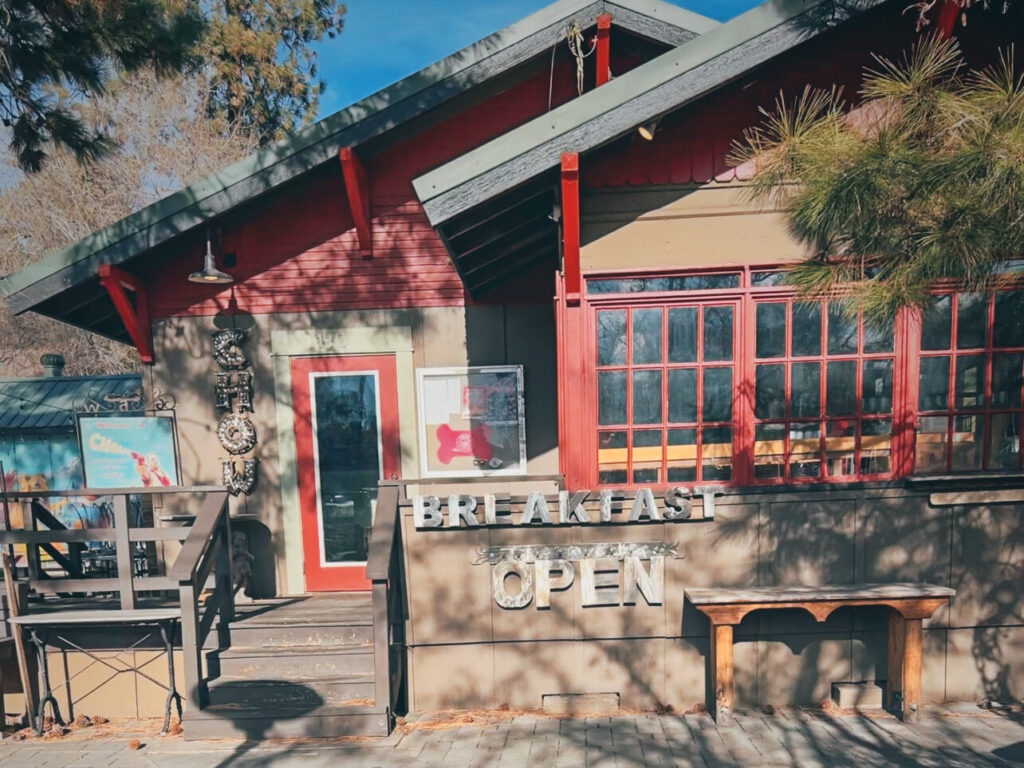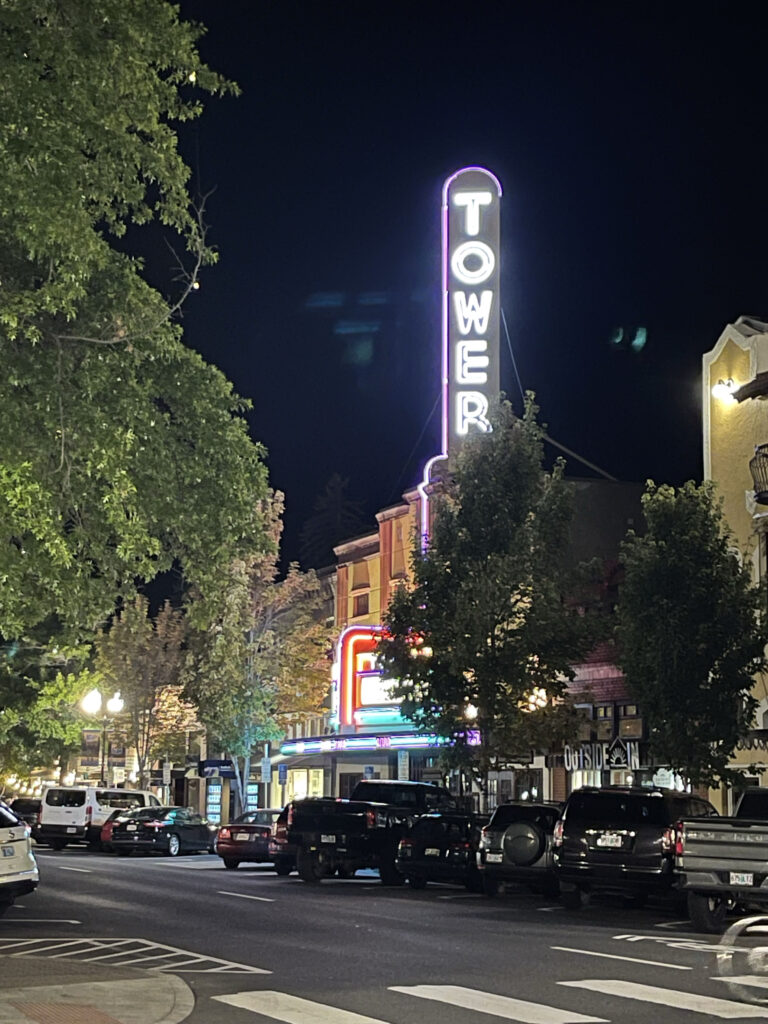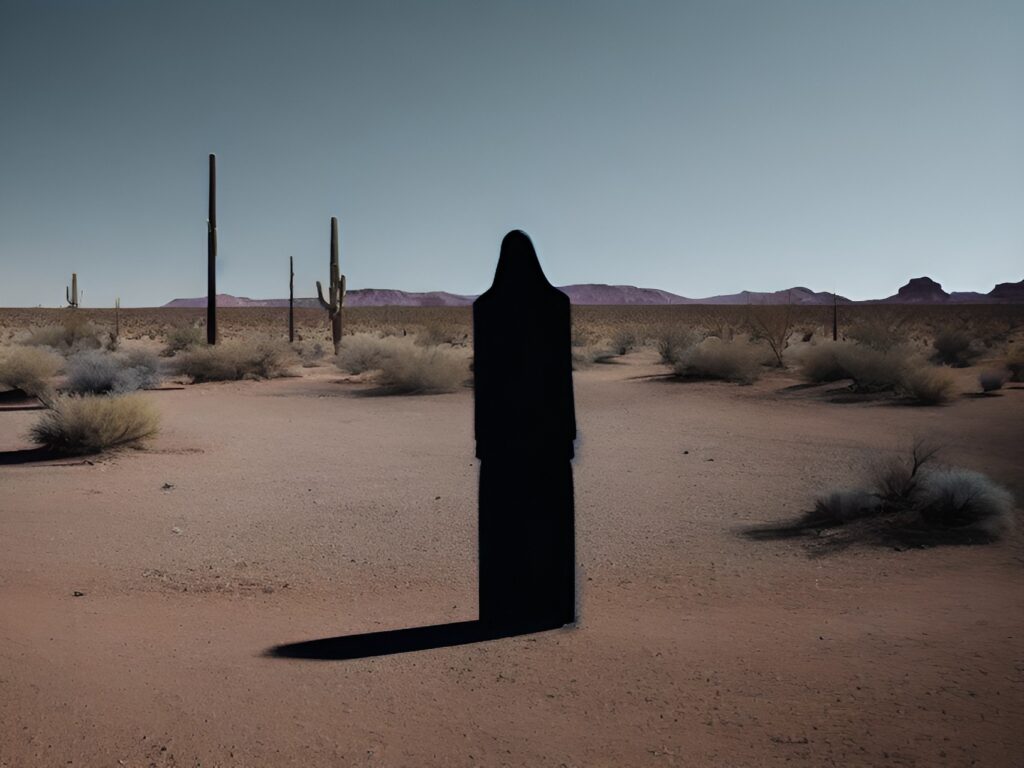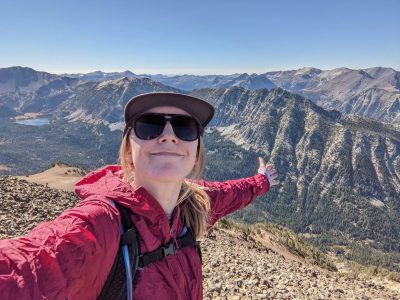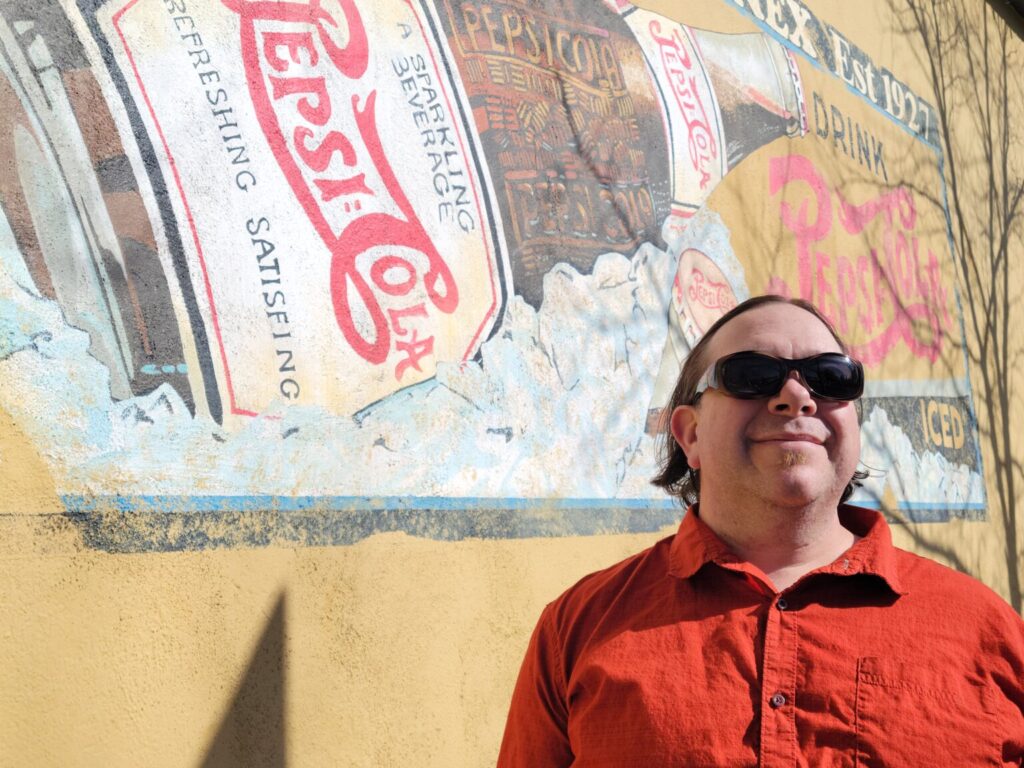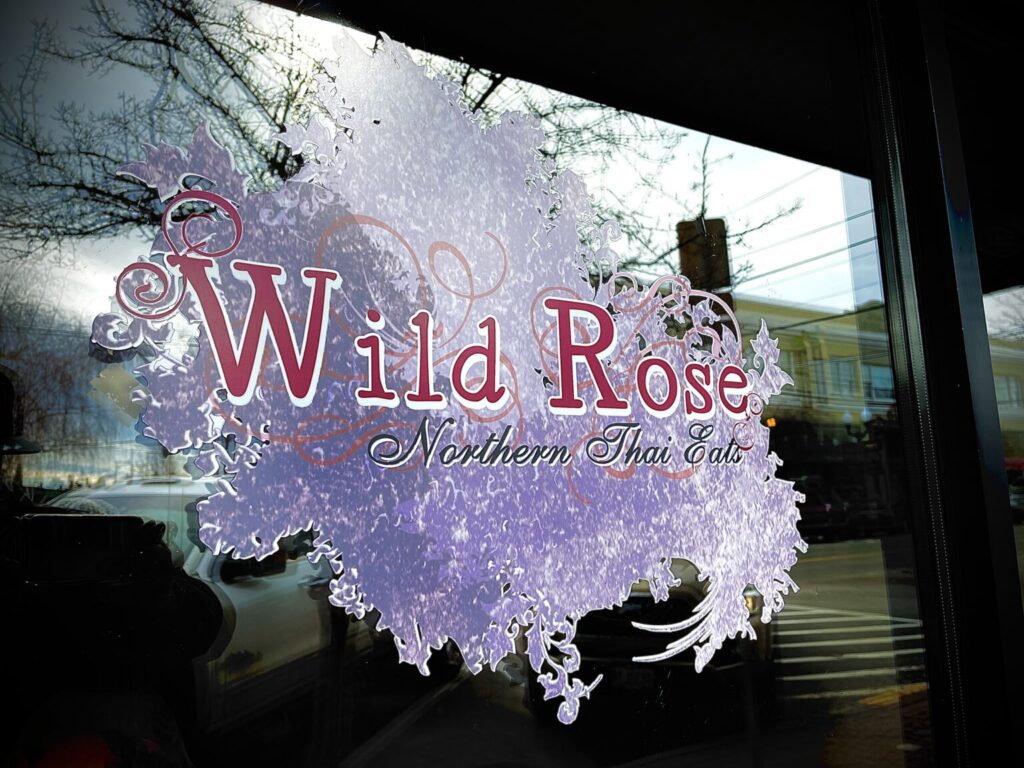How did we get February 29th?
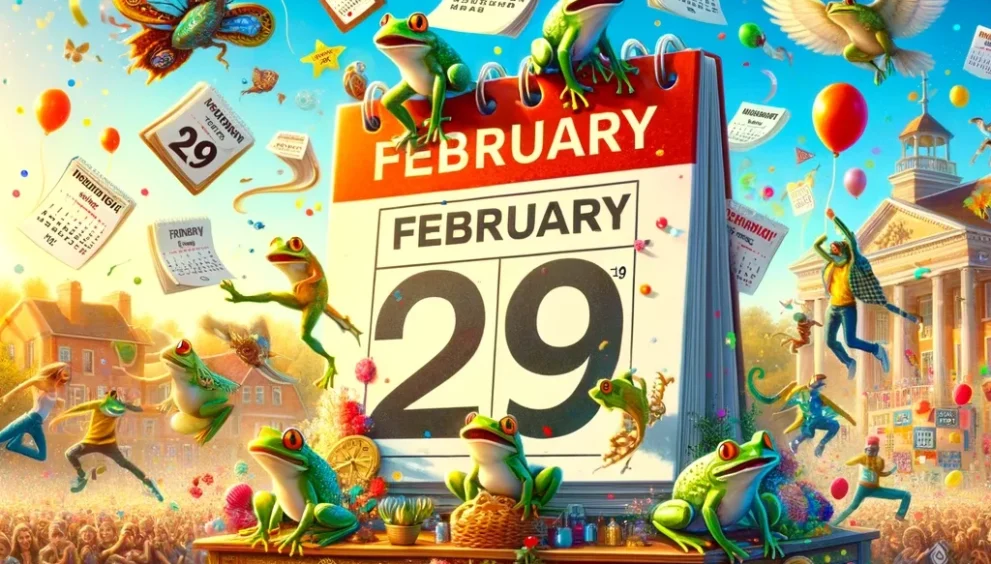

Leap year, a concept both practical and peculiar, weaves its way through our Gregorian calendar every four years, adding a day to the month of February. This extra day, February 29th, corrects a subtle discrepancy between our calendar year and the astronomical year—the actual time it takes for Earth to orbit the sun.
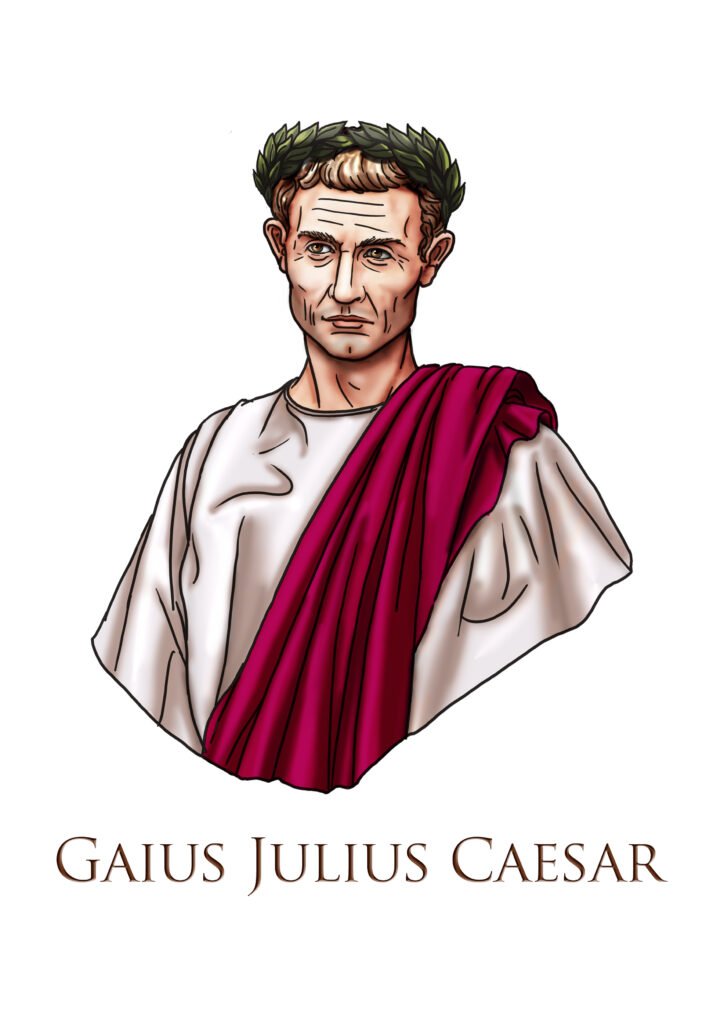
The story of the leap year begins with the ancient Egyptians, who first recognized the mismatch between the lunar calendar and the solar year. However, it was Julius Caesar, in 45 BCE, who introduced the Julian calendar and the concept of the leap year to better align the calendar with the solar year. Under the advice of the astronomer Sosigenes of Alexandria, Caesar added a day to February every four years to account for the fact that the Earth’s orbit around the sun takes approximately 365.25 days.
Despite Julius Caesar’s efforts, the Julian calendar still overestimated the length of the solar year by 11 minutes. This small error accumulated over centuries, until by the 16th century, the calendar was out of sync with the equinoxes by 10 days. To correct this, Pope Gregory XIII introduced the Gregorian calendar in 1582, which is the system most of the world uses today. The Gregorian reform not only skipped 10 days to realign the calendar with the astronomical seasons but also refined the leap year rule. It stated that a year is a leap year if it is divisible by four, except for years that are divisible by 100, unless they are also divisible by 400. This rule precisely matches the length of the solar year to 365.2425 days, closely approximating the actual solar year length of approximately 365.2422 days.
Leap years serve a crucial purpose: they ensure our calendar remains in alignment with Earth’s revolutions around the sun. Without leap years, our calendar would slowly drift, causing significant shifts in our seasonal markers. Imagine winter starting in July or summer commencing in January—leap years prevent such confusion, keeping our months roughly synchronized with the astronomical seasons.

In Central Oregon, leap years might pass without much fanfare, but they offer an extra day to enjoy the region’s vast beauty. Whether it’s an additional day of skiing on Mount Bachelor, an extra afternoon to explore the high desert’s landscapes, or another evening to savor local culinary delights, leap years remind us of our calendar’s fascinating intricacies and our continual efforts to measure and understand time.
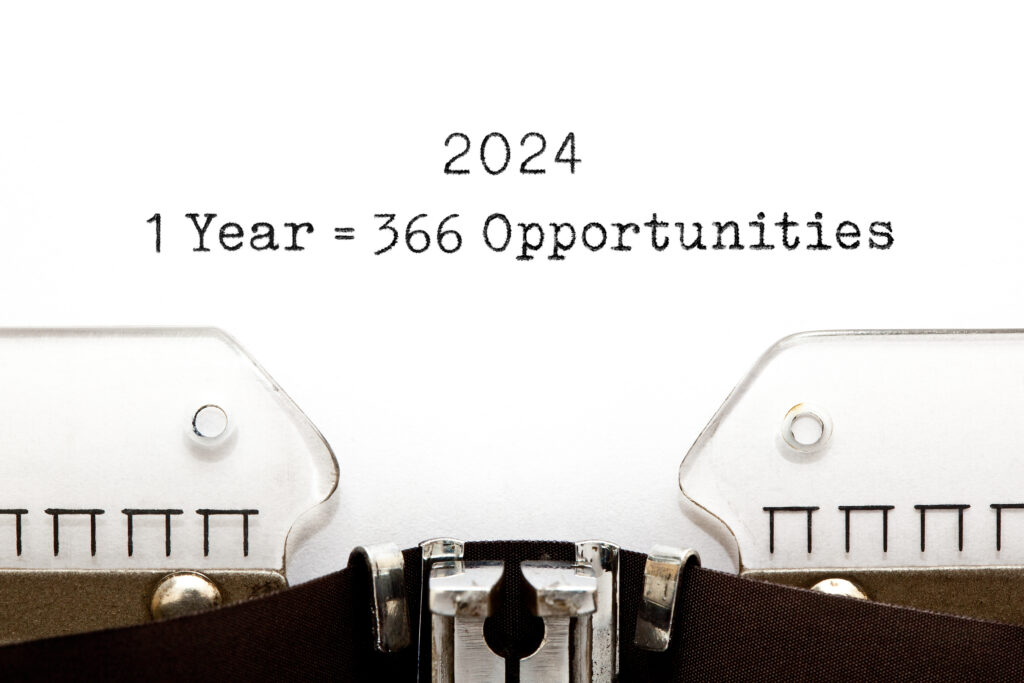
Images came from ChatGPT and Stock.Adobe.com






